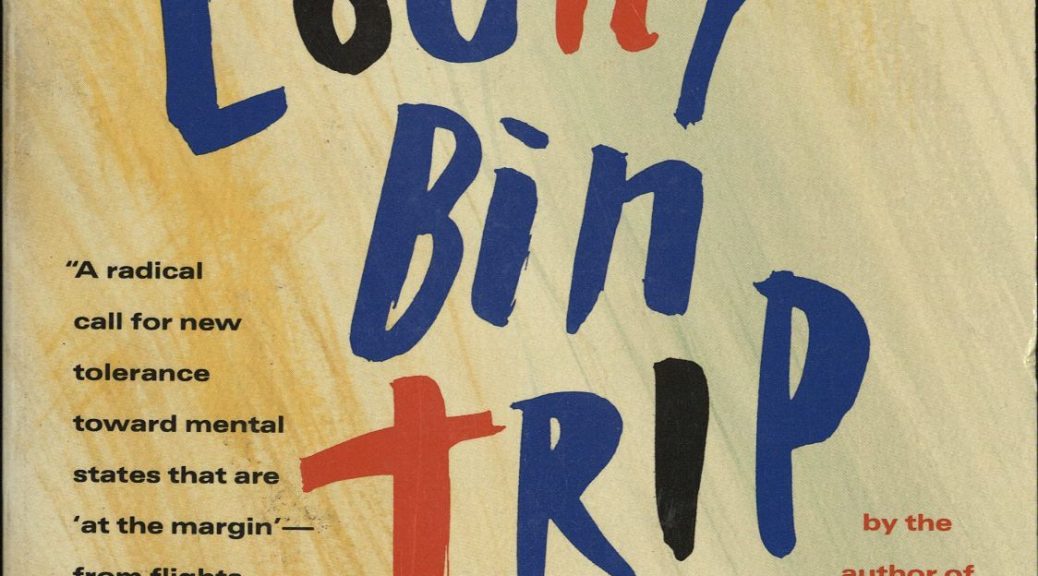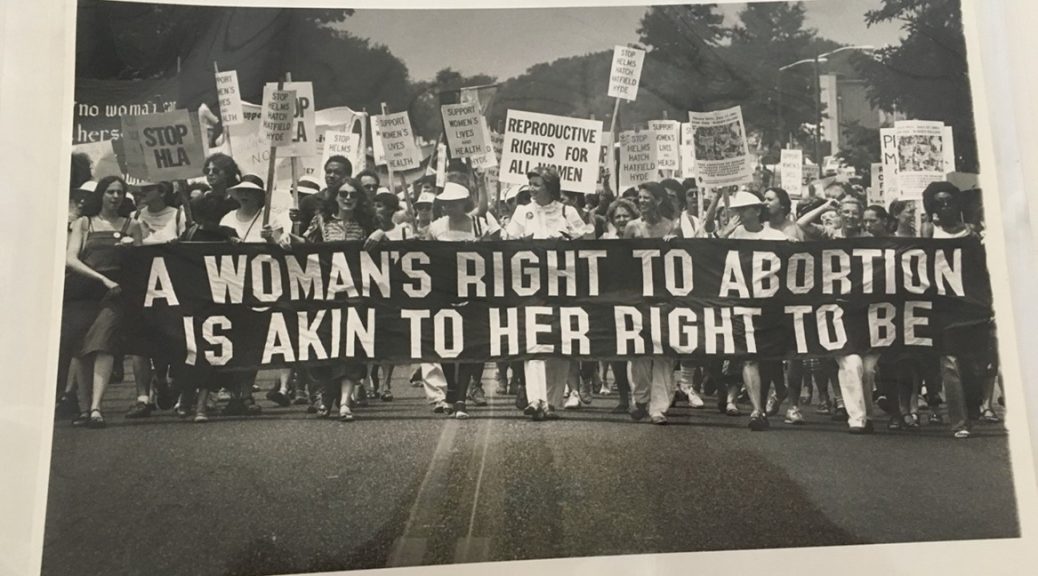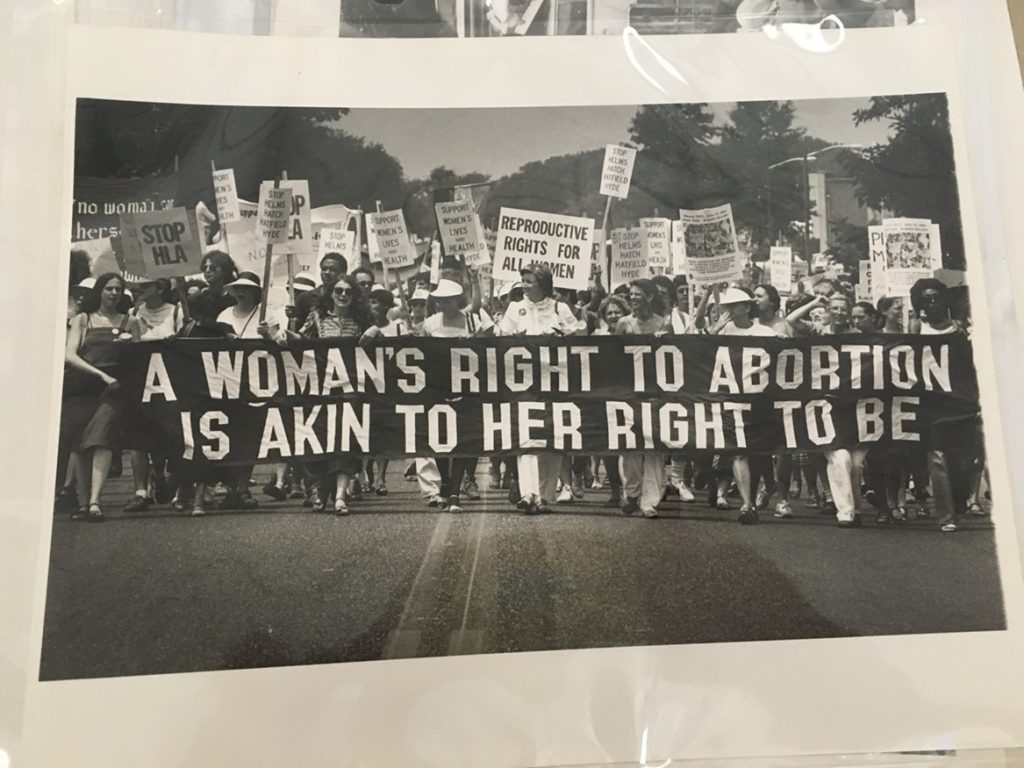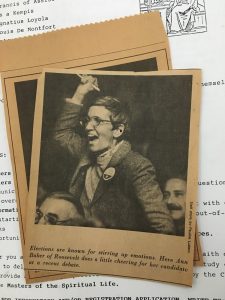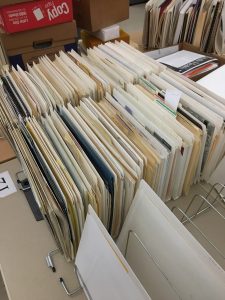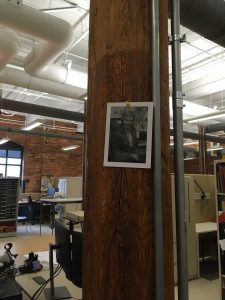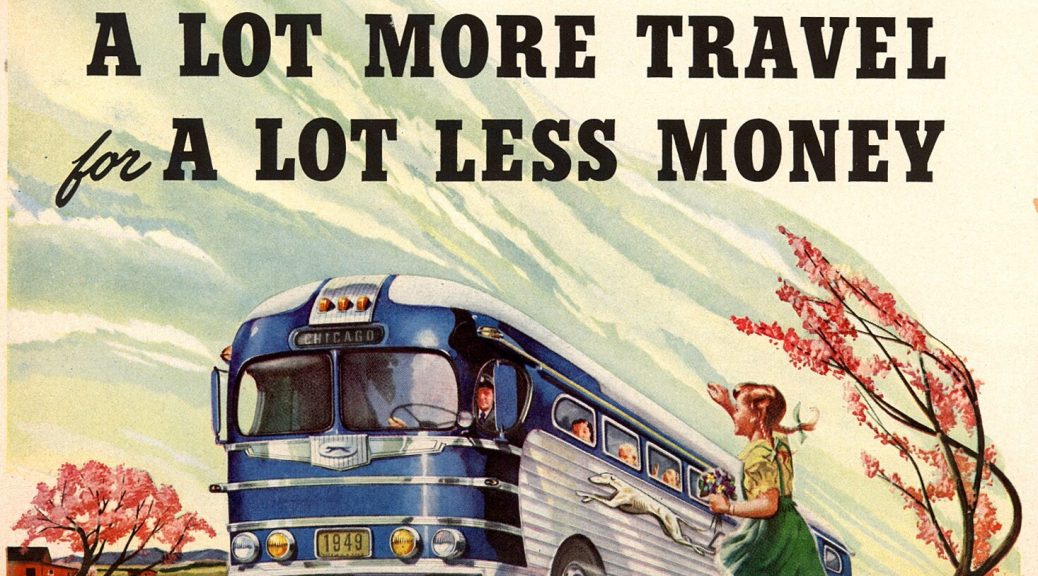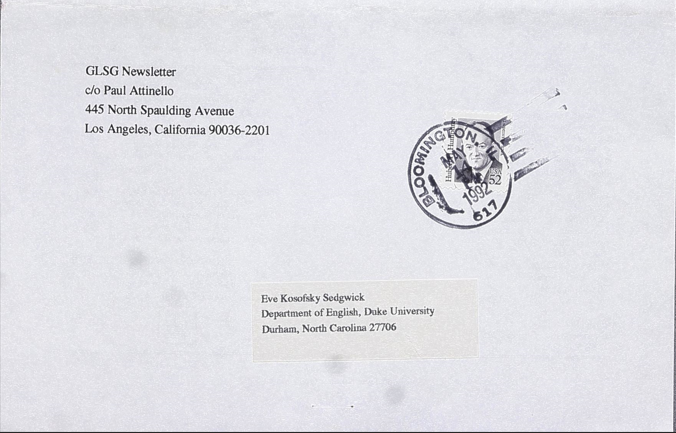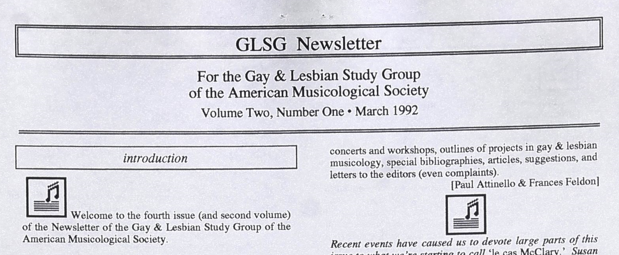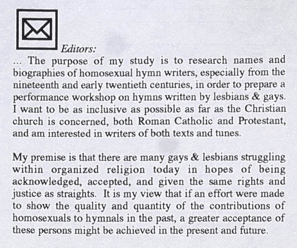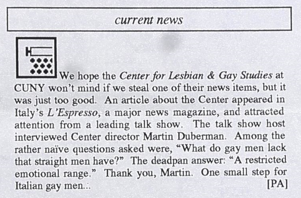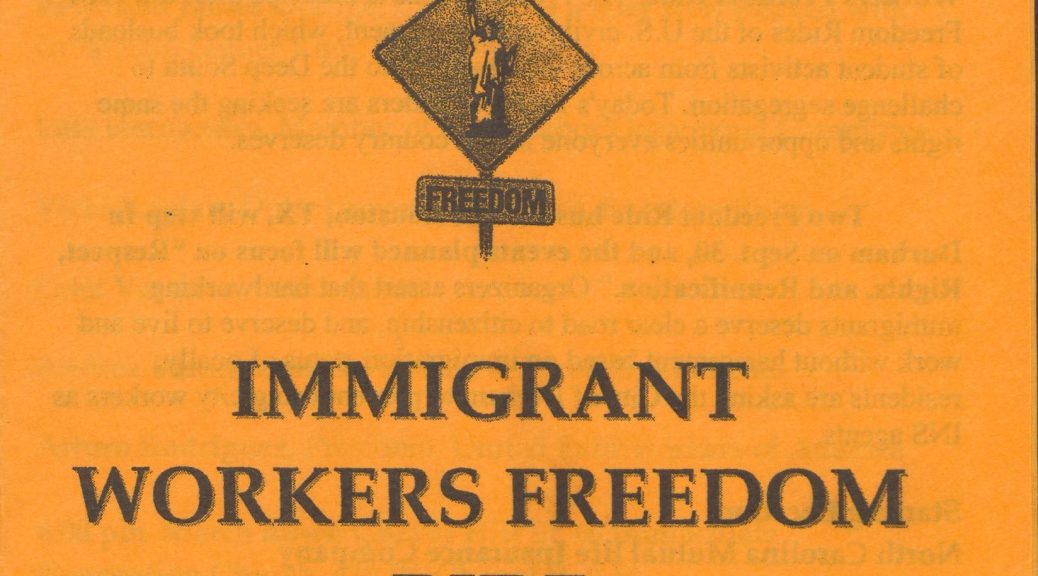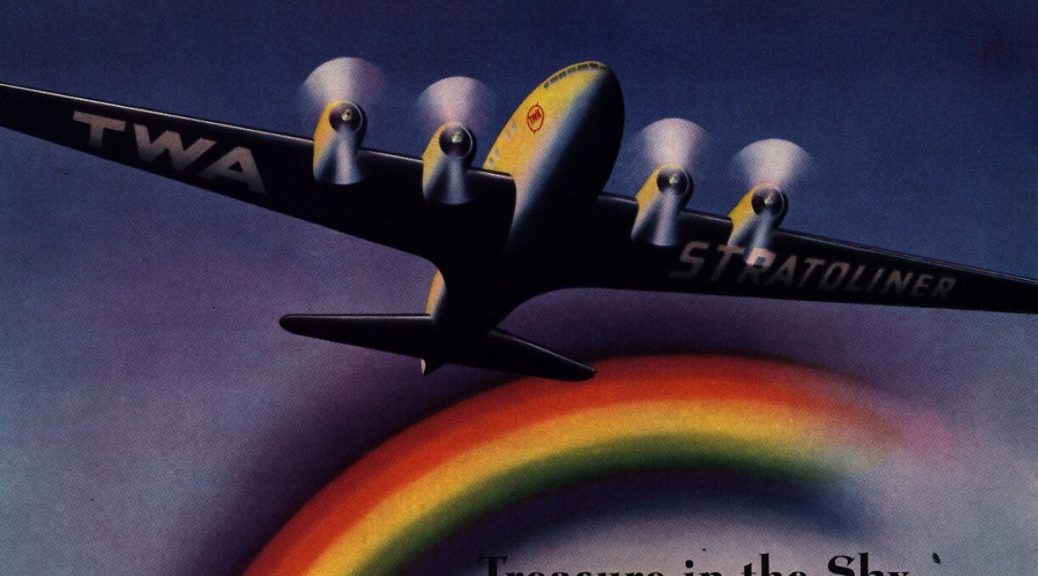Contributed by Paula Ramos, Postdoctoral Fellow in Art History at the Federal University of São Paulo.
In August 2024, I visited the Bingham Center at the Rubenstein Library, as a recipient of a 2024-2025 Mary Lily Research Travel Grant, where I had the privilege of researching the papers of Kate Millett and Clarissa Sligh, American artists, activists, and writers. My interest in their documents emerged while I was developing a research project for my Postdoctoral studies in Art History at the Federal University of São Paulo. The project explores how some artists challenged confinements rooted in colonial and patriarchal structures that normalize power mechanisms, such as mass incarceration of Black people, the pathologization of the female gender, and the symbolic, cultural, and epistemological constraints imposed intersectionally by issues of race, sexuality, class, and gender.
For fourteen years, Kate Millett was preoccupied with the story of Sylvia Likens, a sixteen-year-old white girl found dead in a basement in Indianapolis after suffering abuse and torture at the hands of her caregiver and the caregiver’s children in 1965. Millett was moved to closely follow the trial of those involved in Likens’s murder, resulting in years of research and the compilation of newspaper and magazine clippings. In addition to the installation The Trial of Sylvia Likens (1978), created from enlarged newspaper clippings on wooden panels and clothed mannequins to recreate the courtroom scene, Millett wrote The Basement: Meditations on a Human Sacrifice (1979). The book expands the notion of violence tied to the female gender by tracing Millett’s identification with the young Sylvia Likens:
“You have been with me ever since, an incubus, a nightmare, my own nightmare, the nightmare of adolescence, of growing up a female child, of becoming a woman in a world set against us, a world we have lost and where we are everywhere reminded of our defeat.”
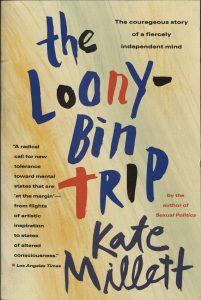
As I continued to investigate her personal archives, I began to explore similarities between this story and the confinement Millett experienced during her three involuntary hospitalizations in psychiatric institutions — a fact she would only reveal publicly many years later, in her book The Loony Bin Trip (1990), which took over five years to be published, partly due to the controversial nature of its subject matter.
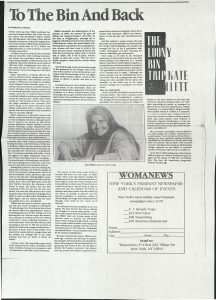
In an article by Katharine Gleason, “To the Bin and Back,” published on the book’s release, Millett describes how she was taken by her sister, her husband, and her ex-lover to be hospitalized against her will for the first time in 1973. Millett emphasizes the political and ideological factors surrounding her hospitalization. Her sister disapproved of her efforts to free a Trinidadian civil rights activist accused of murder, as she said: “I returned to Berkeley full of this — it was the biggest civil rights assignment I had ever had. To stop a lynching, to prevent a hanging… It was not, however, all-absorbing to my friends.”
Just as Millett sought to free herself from the stigmatized labels of female madness, which misinterpreted the radicalization of women’s struggles and lead to psychiatric hospitalizations, she also wanted to liberate the case of Likens from the narrow constraints of the police-judicial narrative. Not surprisingly, in the box of correspondence from people who had read the book, a man from Indianapolis expressed disgust, justifying his indignation by the fact that Millett refuses to report the case objectively: “Instead of reading an account of what took place by someone who had researched the subject as the book jacket indicated, I was instead hit with a barrage of disjointed, unconnected and at times perverted reactions to the entire situation.” In contrast, I read dozens of other letters from women moved by the book, congratulating Millett for her courage in sharing her personal testimony in The Basement. Among them, I was struck by a letter from a student who read the book in a course on domestic violence, who concluded: “Most of the men in class could not go as far in looking at the implications of the book. Most were empathetic, but really not able to identify with the themes (at least as we interpreted them) in the book.”
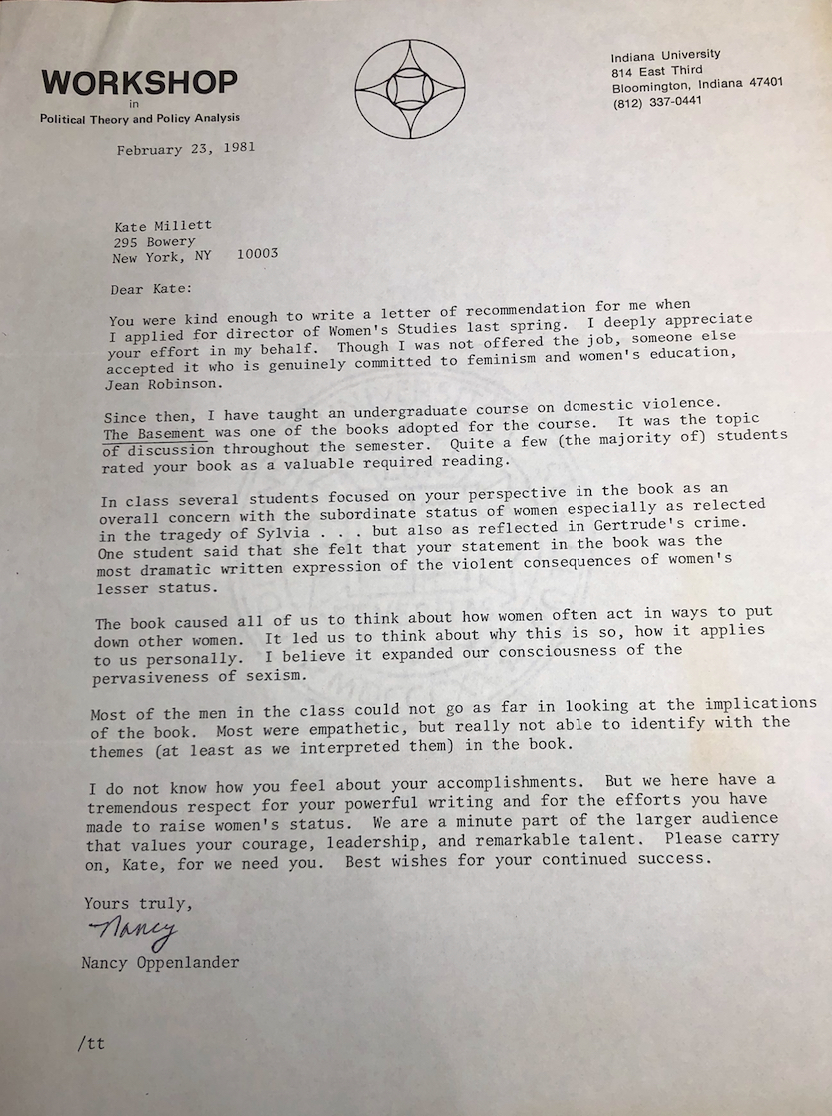
This brief analysis of the reception of Millett’s work led me, while writing this text, to explore the various attempts by Clarissa Sligh to publish her book Wrongly Bodied (2009). The book documents the long process of gender transition from female to male of Sligh’s friend Jake, who requested to be photographed by her in 1997, while exploring the visibility of issues that were often kept secret due to societal judgment.

Upon finding the folder of correspondence with publishers, I was shocked to discover that around twelve publishers had returned the book, praising the importance of the subject but lamenting the impossibility of its publication, with comments such as: “It’s impressive and important, but, sadly, I don’t think we are the right place for it;” “It does not fit comfortably into our current publishing program;” or “A book on this subject would not fit our list at the present time.” Sligh also produced a hand-made artists’ book version, Wrongly Bodied Two, published through Women’s Studio Workshop in 2004.
Just like Millett identified with Likens, Sligh identifies with Jake — or at least establishes connections between her own life and her subject, despite the differences between them (a Black artist photographing a white trans man). This identification is grounded in the perception of societal standards of , which determine which bodies fit into or are excluded from society. Sligh, in the introduction of the book, says: “To comprehend an identity change of this magnitude, I turned to my family background in the history of the slavery in this country.”
In the book, the artist draws a parallel with the story of Ellen Craft, “a light skin female slave who, in 1848, disguised herself as an invalid Southern gentleman, and the master of her husband is inserted into the narrative. She crossed the Mason Dixon line by successfully crossing the boundaries of black to white, slave to owner, woman to man, and wife to master.” Sligh concludes her argument in a document about the potential readership for Wrongly Bodied in response to the demands of many publishers: “The concept of ‘transgender’ impacts the currently contested debates about whether gender, race, and class are natural, constructions, or performance.” In the realm of literary and artistic acceptance, creative constraints are numerous, yet both Millett and Sligh challenge these barriers, expanding the limited spaces available to themselves and their peers.

